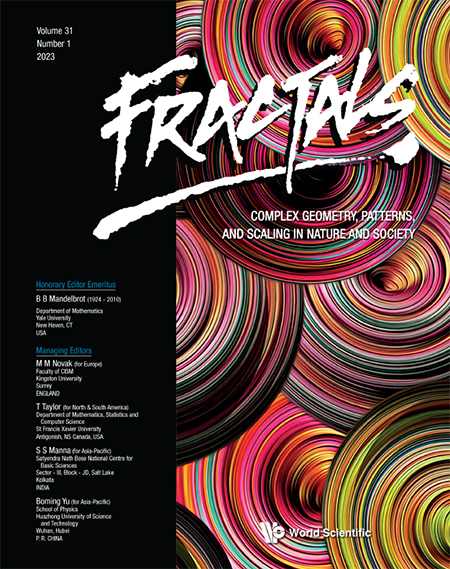ANALYSIS OF THE COMPLEXITY OF EEG SIGNALS IN RELATION TO THE COMPLEXITY OF FRACTAL ANIMATIONS
Abstract
Visual sense has an important role in shaping human understanding of the natural world. Nevertheless, it is not clear how the complexity of visual stimuli influences the complexity of information processing in the brain. In this study, we hypothesized that changes in the fractal pattern of electroencephalogram (EEG) signals directly follow the changes in the fractal dimension of animations. Therefore, 12 types of 2D fractal animations were presented to a group of healthy students (15 males, 25.93±1.7925.93±1.79 years old, 3 left-handed) while their brain signals were recorded using a 32-channel amplifier. Regression analysis between the fractal dimension of EEG signals and the fractal dimension of animations indicated that the complexity of fractal animations is directly sensed by changes in the fractal dimension of EEG signals at the centro-parietal and parietal regions. It may indicate that when the complexity of visual stimuli increases, the mechanism of information processing in the brain also enhances its complexity to better attend to and comprehend the stimuli.


